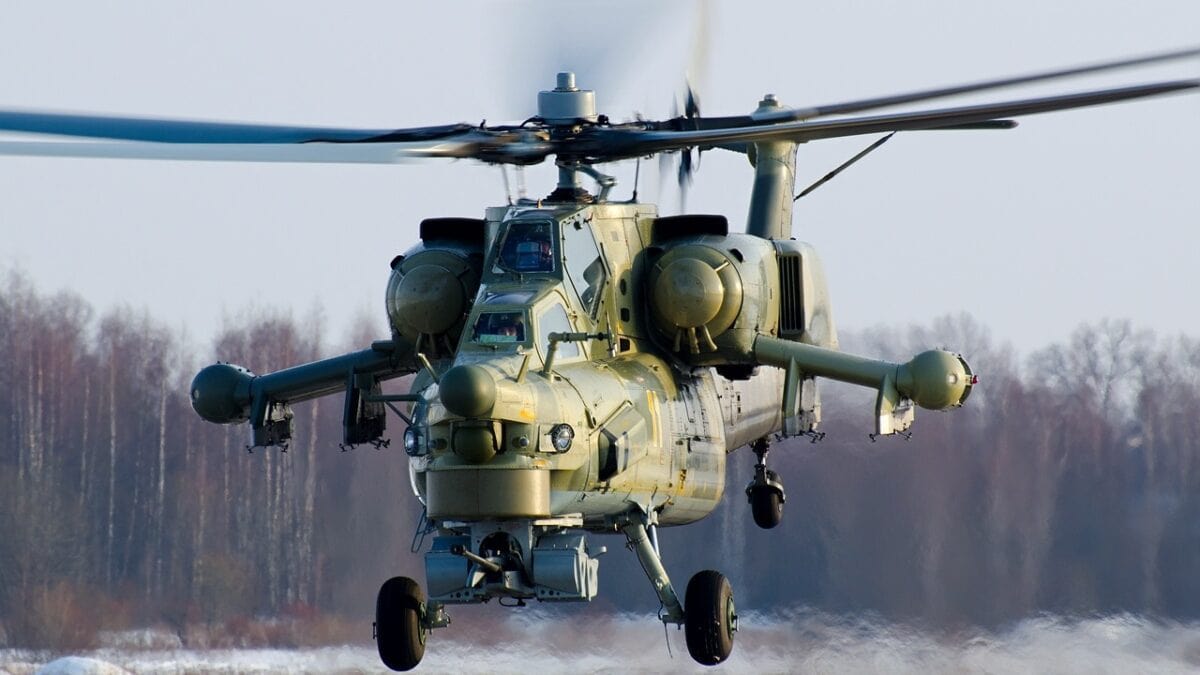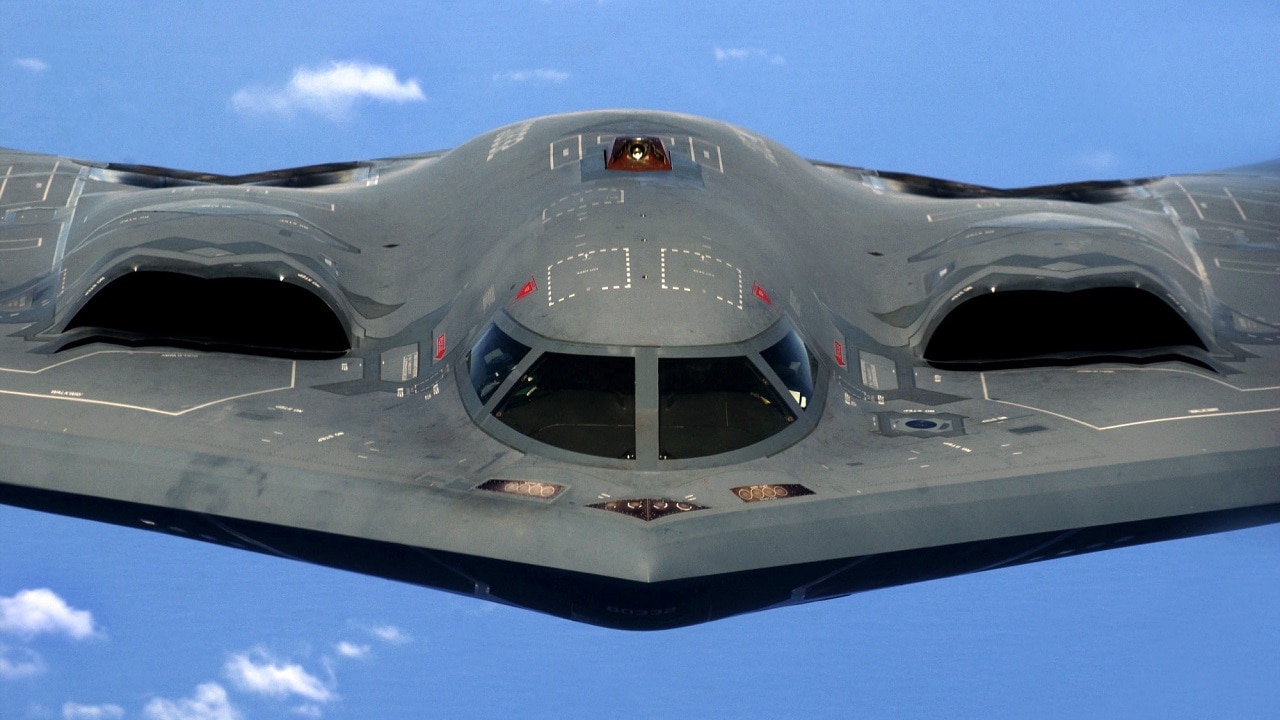U.S. Air Force Bombers are on a Mission to Deter Russia: As the Russian military continues to fail in Ukraine, U.S. strategic bombers have been flying around Europe. The missions have been ongoing for four years, but the war in Ukraine has put them in the spotlight.
Russia Threat: Strategic Bombers On Call
Even before the first Russian troops attacked Ukraine, the U.S. military was flying long-range bomber missions above Europe to reinforce cooperation and interoperability with NATO allies and partners and deter Russia—the latter aspect of the missions clearly failed.
Over the past few years, the U.S. Strategic Command has been deploying B-1 Lancer, B-2 Spirit, and B-52 Stratofortress strategic, nuclear-capable bombers over Europe and parts of Africa.
These missions were part of Bomber Task Force rotations, which initially began in 2018. The Pentagon first started these strategic bomber rotations as a way to demonstrate its capability to rapidly deploy aircraft regardless of type and mission set in unfamiliar environments. A second but equally important part of the strategic bomber rotations was to hone interoperability with NATO allies and partners.
“Our bombers provide a unique deterrence capability to the NATO Alliance. The partnerships we have created throughout these rotations better support our ability to employ a strategic force in theater whenever we’re called upon,” General Jeff Harrigian, the commanding officer of U.S. Air Forces in Europe – Air Forces Africa and NATO’s Allied Air Command, said in a press release.
In recent Bomber Task Force missions, B-1s, B-2, and B-52 bombers took off from airbases in the U.S and Europe and covered the whole extent of EUCOM’s area of operations. During those long-range missions, the bombers were accompanied and worked with U.S. and allied fighter jets, including F-16 Fighting Falcons, F-15E Strike Eagles, F-35 Lightning IIs, Eurofighter Typhoons, Dassault Rafale F3Rs, and Dassault Mirage 2000, among other aircraft.
“Exercising together is how we optimize what each of us bring to the fight. We are committed to the collective defense of all NATO nations. Integrating and training with our allies and partners allows us to exercise our combined capabilities while deterring aggression against NATO,” General Harrigian added.
EUCOM Is Ready and Watching Russia
Right now, the U.S. European Command (EUCOM) is the hottest combatant command in the U.S. military. Russia and Ukraine are both within EUCOM’s area of operations, and any U.S. military operations that have to do with the war in Ukraine fall under EUCOM.

Mil Mi-28N, Russia – Air Force.
As a result, the command is high readiness, anticipating and deterring Russian aggression while indirectly supporting the Ukrainians.
“We leverage Dynamic Force Employment (DFE) to demonstrate operational unpredictability to adversaries, improve deterrence, and support Allies. Recent DFE operations include posturing a guided missile destroyer to the High North, Bomber Task Force missions, and an F-35 deployment with Allies,” General Wolters said in EUCOM’s 2022 posture statement to Congress.
“Each force presence and operation demonstrates our ability to generate significant combat power across the AOR, while improving posture and warfighting readiness. This operational flexibility enhances cross-combatant command coordination and resource sharing, allowing for seamless transition and handover across Unified Command Plan boundaries to deploy forces for emerging requirements,” Wolters added.
1945’s New Defense and National Security Columnist, Stavros Atlamazoglou is a seasoned defense journalist specializing in special operations, a Hellenic Army veteran (national service with the 575th Marine Battalion and Army HQ), and a Johns Hopkins University graduate. His work has been featured in Business Insider, Sandboxx, and SOFREP.

